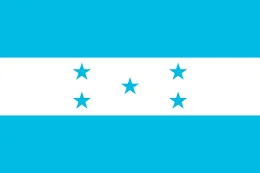
Honduras
Central Standard Time (CST), UTC−6 year-round
No daylight saving time observed
Sunrise ~05:30–06:00, sunset ~17:30–18:00
Honduran Lempira (HNL), symbol “L.”
1 USD ≈ L24 (rates vary)
ATMs and credit cards accepted in cities; carry cash in rural areas
Customary service charge ~10%; tipping 5–10%
September 15 – Independence Day (from Spain, 1821)
October 3 – Army Day
Ceremonies, parades and flag-raising nationwide
Visa-Free Countries
Visa on Arrival Countries
E-Visa Countries
Visa Required Countries
Culture
Honduras blends indigenous Lenca, Maya and Garífuna heritage with Spanish colonial and Afro-Caribbean influences. Colorful traditional dress—embroidered blouses and woven skirts—reflect regional identity, while Punta rhythms and Garífuna drumming animate coastal festivals. Culinary specialties include baleadas (flour tortillas with beans and cheese), sopa de caracol (conch soup) and tamales envueltos en hojas de plátano. Folk art thrives in Copán’s wood carvings and Utila’s coral-sand jewelry. Catholic and indigenous beliefs intertwine during Holy Week in Comayagua, where alfombras de aserrín (sawdust carpets) adorn cobblestone streets. Modern galleries in Tegucigalpa and San Pedro Sula showcase contemporary Honduran painting and sculpture.
- Punta Music: Garífuna dance and drumming ceremonies on the Caribbean coast.
- Artisan Crafts: Lenca pottery in Intibucá; wood carvings from Copán Ruinas.
- Cuisine: Baleadas, pastelitos, and seafood stews at roadside comedores.
- Festivals: Feria Juniana in San Pedro Sula, Feria de los Pueblos Indígenas in La Esperanza.
- Language: Spanish, Garífuna, and indigenous Lenca dialects.
Tourism & Best Sites to Visit
From towering Mayan temples and cloud-forest reserves to Caribbean coral reefs and colonial towns, Honduras offers a spectrum of experiences. Adventure seekers trek jungles, divers explore shipwrecks, and historians marvel at ancient stone stelae.

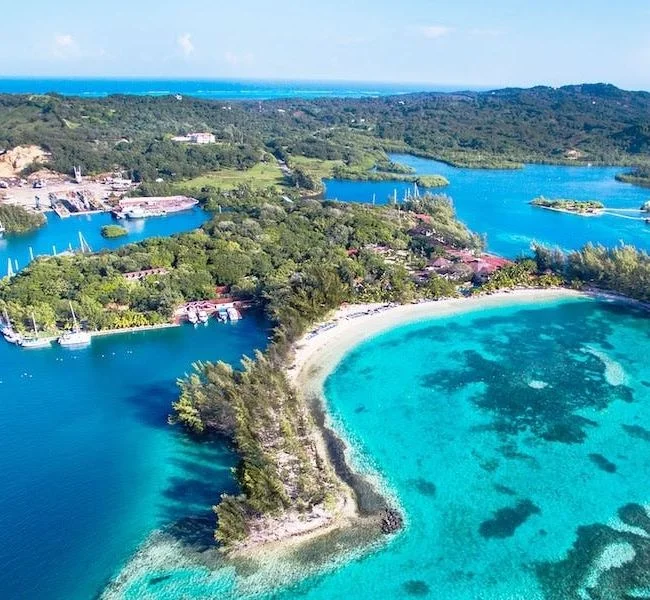
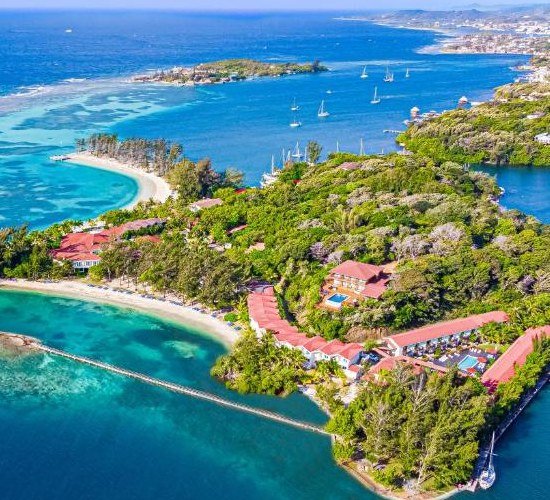
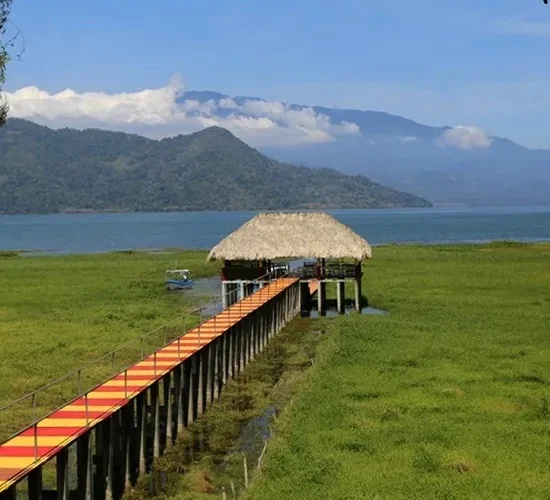
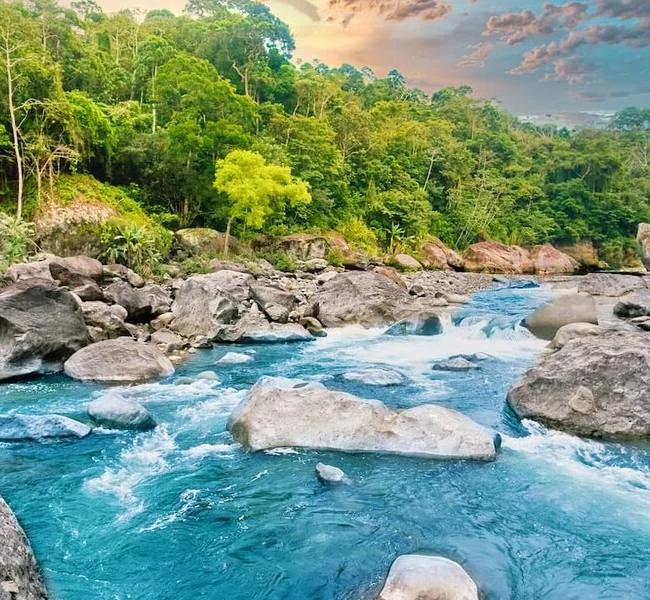
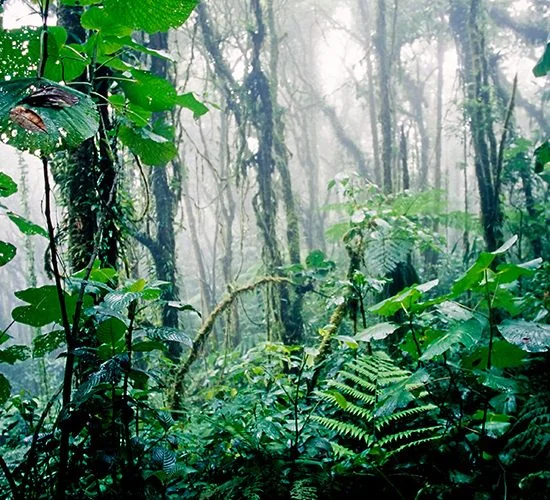
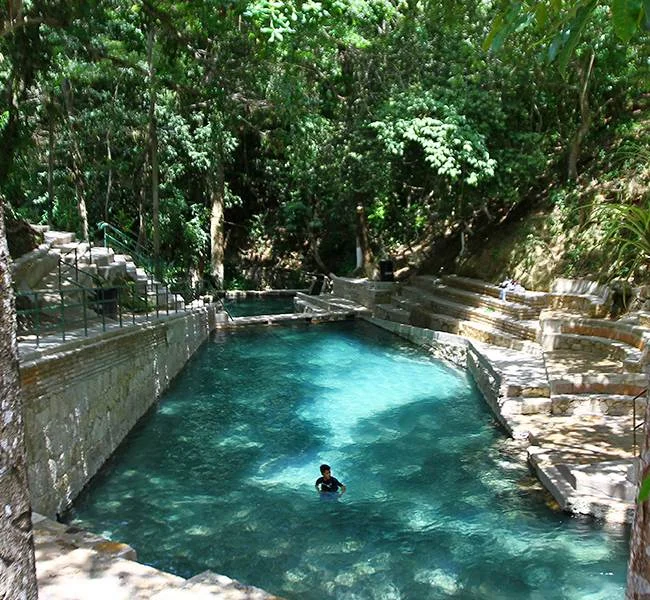
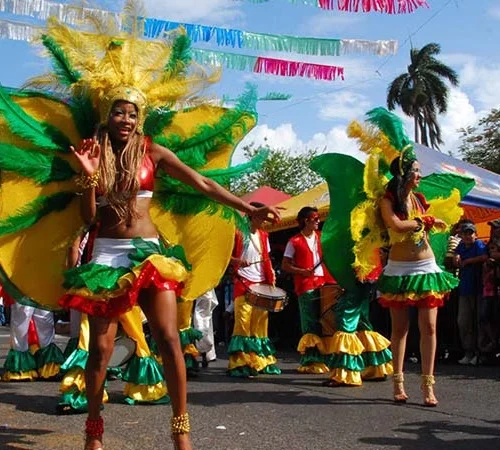
-
Copán Ruins Nestled in a cloud-forested valley, Copán was a major Classic Maya city renowned for its exquisite stone carvings. Visitors wander among hieroglyphic stairways, stelae depicting royal dynasties and the intricately carved Rosalila temple hidden beneath later construction. The on-site museum displays ceramics and ritual objects, while guided tours explain Copán’s role in Mayan astronomy and politics. Surrounding botanical gardens showcase native orchids and medicinal plants, and nearby Macaw Mountain Sanctuary offers close encounters with scarlet macaws reintroduced to the region.
-
Roatán Island The largest of Honduras’s Bay Islands, Roatán boasts some of the Caribbean’s healthiest coral reefs—part of the Mesoamerican Barrier Reef. Divers and snorkelers explore walls, pinnacles and shipwrecks teeming with parrotfish, eagle rays and sea turtles. West Bay Beach’s powder-white sand and turquoise shallows welcome swimmers, while West End village offers restaurants, dive shops and nightlife. Inland, the Gumbalimba Park features botanical trails, zip-lining and monkey encounters. Ferry connections link Roatán to Utila and mainland ports.
-
Utila Island Renowned as a global scuba hub, Utila attracts budget-minded divers seeking whale shark encounters from March to April. The compact island is traversed by dirt roads and dotted with colorful wooden houses. Dive schools line the waterfront, offering multilevel PADI courses and nightly bonfire gatherings. Kayak tours explore mangrove lagoons at Dawn Beach, while Hawksbill turtle nesting patrols educate volunteers. Local eateries serve fresh lobster, conch and baleadas with panoramic bay views. A laid-back nightlife centers on reggae bars and live music.
-
Lago de Yojoa As Honduras’s largest natural lake, Lago de Yojoa straddles the border of cloud forest and coffee country. Birdwatchers spot motmots, toucans and keel-billed toucans in surrounding reserves. Fishing villages offer fried freshwater fish and local tamales, while jungle trails lead to El Hatillo waterfall and botanical gardens showcasing orchids and bromeliads. Eco-lodges along the shore host chocolate-making tours, demonstrating cacao fermentation and roasting. Morning canoe trips reveal mist-shrouded panoramas of the Cordillera de Macizo de Merendón.
-
Pico Bonito National Park Rising from coastal plains to 2 435 m summit, Pico Bonito NP shelters tropical rainforest and cloud forest ecosystems. River rafting on the Cusuco River navigates grade-class rapids amid jungle walls, while hiking trails lead to Mirador de la Jungla viewpoints overlooking the Caribbean. Guides point out spider monkeys, toucans and heliconia orchids. Several eco-lodges offer canopy tours, waterfall rappels and night safaris, highlighting the park’s amphibian diversity. Conservation programs engage locals in reforestation and jaguar monitoring.
-
Celaque National Park Home to Honduras’s highest peak (Cerro Las Minas, 2 870 m), Celaque NP challenges hikers with steep trails through cloud forest and paramo vegetation. The multi-day trek crosses horse-ridden mountain villages where farmers cultivate strawberries and potatoes. Campsites at La Coxala and Montecillos provide rustic shelter. At dawn, summit climbers witness sea-of-clouds vistas and migrating raptors. Local guides share Lenca legends and demonstrate traditional basket weaving using palm fronds. High-altitude springs feed rivers vital to downstream coffee plantations.
-
Gracias Founded in 1536, Gracias is a colonial jewel with cobblestone streets, pastel houses and the imposing Nuestra Señora de los Dolores church. Overlooking the town, Fort San Cristóbal—built to fend off pirates—offers 360° views of the surrounding mountains. Nearby hot springs at Gracias Spa soothe travelers after trekking Celaque. Artisanal markets sell Lenca pottery, handwoven hammocks and wood-carved gourds. The nearby Celaque Interpretation Center provides interactive exhibits on cloud forest ecology and Lenca culture.
-
La Ceiba Carnival Held each May, La Ceiba Carnival celebrates the city’s Afro-antillean heritage with parades of elaborate floats, traditional Garífuna music and dance competitions. Street bands play calypso, punta and soca rhythms as masqueraders in feathered costumes march along Avenida San Isidro. Food stalls sell baleadas, fresh coconut water and fried plantain chips. The festival culminates in the “Gran Caña Fair,” showcasing local rum and artisanal crafts. Visitors mingle with locals to experience Honduran joy and resilience.
Transportation
Honduras’s transport network combines aging intercity buses, shared “rapiditos,” private shuttles and coastal ferries. Mountain roads can be narrow and winding—4×4 vehicles ensure access to remote reserves. Island-hopping requires ferries or small aircraft, while domestic flights link key airports.
- Intercity Buses: Pullman de Honduras and Hedman Alas offer air-conditioned coaches on major routes.
- Rapiditos & Colectivos: Shared vans on fixed corridors; fares paid onboard in Lempira.
- Shuttle Services: Bookable through tour operators for airport transfers and park visits.
- Ferries: Regular lines connect La Ceiba to Roatán and Utila; schedules vary seasonally.
- Domestic Flights: CM Airlines and Aerolíneas Sosa operate between TGU, SAP, LCE and RTB.
- Taxis & Ride-hail: Metered taxis in cities; limited Uber service in Tegucigalpa and San Pedro Sula.
Airports
Four main airports and several airstrips provide regional and international access—from mountain-lined Tegucigalpa to Caribbean island runways.
- Toncontín Intl. (TGU): Nestled in a valley above Tegucigalpa; challenging approach; served by American, Avianca and regional carriers.
- Ramón Villeda Morales Intl. (SAP): 15 km east of San Pedro Sula; major gateway for northern Honduras; customs, car rentals and shuttles.
- Golosón Intl. (LCE): Near La Ceiba; flights to Bay Islands and domestic destinations; basic facilities.
- Juan Manuel Gálvez Intl. (RTB): On Roatán; serves cruise lines and international charters; duty-free shops and taxis.
Visa & Travel
| Nationality/Region | Entry Status | Max Stay | Key Requirements |
|---|---|---|---|
| USA, Canada, UK, EU, CARICOM | Visa Free | Up to 90 days | Passport valid ≥6 months, return/onward ticket |
| Central American (CA-4 Treaty) | Visa Free | Up to 90 days total within CA-4 region | Valid passport or ID |
| China, India, Russia, Vietnam | Visa Required | Varies by bilateral agreement | Apply at Honduran embassy; proof of funds; itinerary |
| Transit (all nationalities) | Transit Allowed | ≤24 hours | Confirmed onward ticket |
Health: Yellow fever certificate if arriving from endemic zones; recommended: hepatitis A, typhoid, malaria prophylaxis in jungle areas.
Customs: 200 cigarettes or 50 cigars; 1 L alcohol; up to US$500 of goods duty-free.
Safety Tips: Exercise caution in urban centers; avoid isolated roads after dark; use hotel safes.
Money Matters: ATMs dispense HNL; USD accepted in tourist zones; banks open Mon–Fri 08:30–15:00.
Etiquette: Greet with “Buenos días” and handshake; modest dress in rural and sacred sites; ask permission before photographing locals.
- Asia
- Singapore
- Japan
- South Korea
- Africa
- Seychelles
- Mauritius
- South Africa
- Contact:
- Address: Eighth Avenue Place, East Tower, 525 8 Avenue SW Suite 3200 Calgary, Alberta T2P 1G.
- Email: Info@theazmip.com
- Number: +12812363495
Travel the World Without the Burden of Visa Applications, as TheAzmip.com Connects You to the Best Visa-Free Destinations.
- North America
- United States
- Canada
- Mexico
- Oceania
- Australia
- New Zealand
- Samoa

